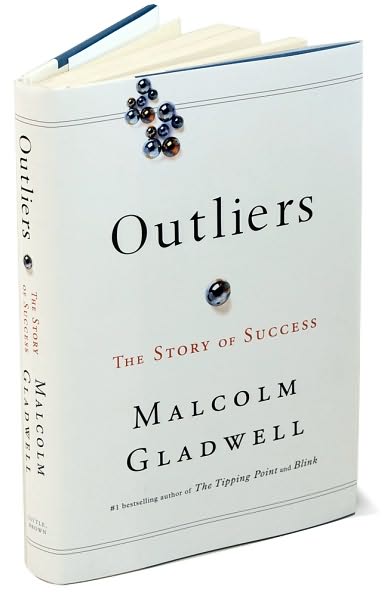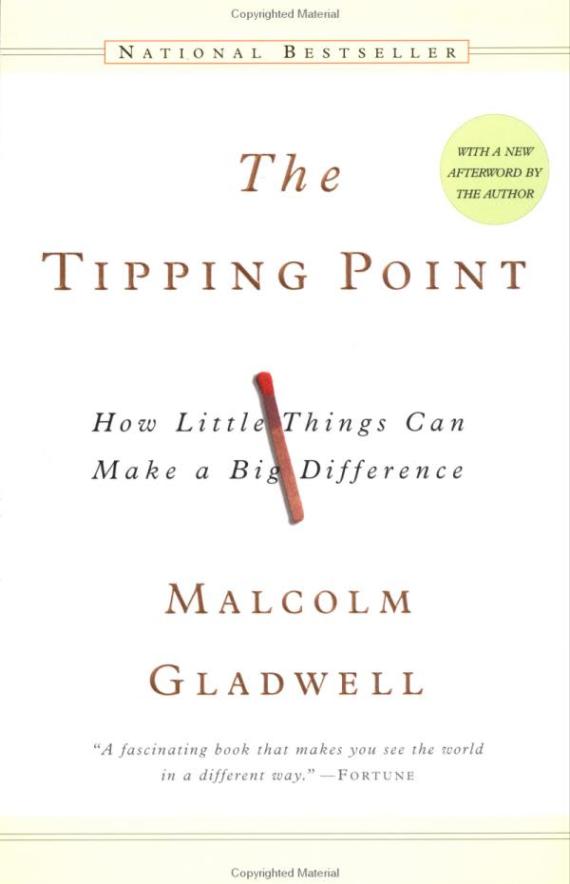 Get In The Best Blogging Shape of Your Life and Start Making Lots of Money
Get In The Best Blogging Shape of Your Life and Start Making Lots of Money
Over the past 5 years I have written well over a thousand blogs. I have tested the results to determine what works and what doesn’t. If you are not making money from your website and blog, then read this because what we do produces lots of profits and will for you too.
First and foremost, if you don’t maintain your blog or have someone do it for you, it doesn’t work. So, if you’re not getting business from your blog, either it’s not being maintained or you’re doing it wrong.
It’s just like joining a gym. It doesn’t matter how good the gym is, if you don’t go, you won’t get any results. The more you go, the better the results. Add in a personal trainer and your results will improve provided you stick with it. The biggest mistake we all make is to go for it way to hard and too frequently.
When it becomes like work, then we frequently stop. We add back those lost inches, start feeling sluggish and our energy level plummets. We know what needs to be done, but now we have to go through the anguish of starting over.
Business blogs are the same thing. They need to be consistent. We recommend 1 per week. There are some blogs that are written daily and even multiple times each day, but you should stick with just 1 per week until you are in good blogging shape.
How Much Business Does a Blog Produce?
 One of our clients, Enforce Coverage Group, sells workers compensation insurance. That’s their specialty. They maintain their blog once per week, sometimes more frequently. Their traffic count is solid and growing to over 1,000 visits per month. They get 1-2 leads per day. They are on pace for 400-500 leads this year with 20-30% converting to new clients.
One of our clients, Enforce Coverage Group, sells workers compensation insurance. That’s their specialty. They maintain their blog once per week, sometimes more frequently. Their traffic count is solid and growing to over 1,000 visits per month. They get 1-2 leads per day. They are on pace for 400-500 leads this year with 20-30% converting to new clients.
Another client Madstone Floors, a specialty decorative concrete floor company in the Providence to Boston area, has their blog maintained by us once per week. Their site traffic is over 1,000 visits per month also. They get 5 leads per week sometimes more.
We have other clients like Madstone who do not maintain maintain their blog. As you can imagine they get a minimal amount of business.
One of our clients called the other day to tell us they got a $100,000 lead from an internet call. This happens frequently. The internet is where business comes from today. If you don’t have a plan or haven’t started, you are missing out on lots of awesome business. Companies are expanding with our simple plan, while others complain that it’s the economy or that their site doesn’t work.
Those who are consistent get results, those that don’t, just don’t.
Why Consistent Blog Updates Produce Huge Sales
 Blogs are a sales tool. We teach our clients to start each blog with keywords that clients search for. Start with the keyword first, then write the blog. Just like in sales or at the gym, you need to have a long term blog strategy or you’ll quit. Blogs are demand driven marketing. Calls that come in from an internet search are from real buyers. They may not buy from you, but I guarantee that someone who calls from the internet is getting close to buying.
Blogs are a sales tool. We teach our clients to start each blog with keywords that clients search for. Start with the keyword first, then write the blog. Just like in sales or at the gym, you need to have a long term blog strategy or you’ll quit. Blogs are demand driven marketing. Calls that come in from an internet search are from real buyers. They may not buy from you, but I guarantee that someone who calls from the internet is getting close to buying.
We have found that 1 blog per week works like magic. It doesn’t happen overnight, just like you can’t lose weight at the gym overnight.3 times per month is ok, but there is something about the once per week plan that produces a consistent flow of leads. Of course you have to do it right.
When you use keywords in your blog properly, you end up with a diverse amount of keywords. Just because you rank #1 for a good keyword on Google, doesn’t mean you will get leads. It doesn’t work that way.
Consider a client who gets 1,000 visits from their web site and blog. Are there a few keywords that produce all that traffic? The answer is absolutely no! There might be over 800 different searches that bring a client to the site. The top searched keywords might only produce 10-15 visits per month.
So, if your site ranks for just a few keywords, that’s not enough diversity to get found. The way search engines work and Google in particular, they answer queries with the best information. That’s what Google is, an information provider. Blogs and using a diverse amount of keywords, teach Google about your business. Google rewards quality, consistently updated content.
What To Do If Your Site and Blog Are Not Producing Leads
 A leader in online marketing made the statement that everything that happens online, both good and bad, is a result of you. Just like working out at the gym or not, is up too you.
A leader in online marketing made the statement that everything that happens online, both good and bad, is a result of you. Just like working out at the gym or not, is up too you.
I have not met a business yet that cannot profit and grow from a website and blog and yours is included. If you are not getting leads start working your blog every week for 30 minutes. If you don’t have a strategy call us for help. Our websites and blogs are excellent. They are built for performance. We have features and tools built into them that your competitors don’t even know exist. Plus we have tutorials that will help you out.
Their are no excuses, start working your blog and get in blogging shape! You will definitely start making money if you want.












